Definitions of vandalism vary by jurisdiction. In general, vandalism is willful or malicious damage to property, such as equipment or buildings. Vandalism is often associated with other signs of social disorder, such as disturbing the peace and trespassing. See the Safe City guide “Preventing Public Disorder” for more information. Furthermore, vandalism incidents are burdensome to businesses by generating costs associated with repairs and cleaning, which the victims are often left to cover themselves.
Iran (IMNA) - Vandalism is not senseless property damage. Individuals vandalize for a variety of reasons including: to convey a message, to express frustration, to stake revenge, to make money, or as part of a game. Perpetrators may work alone or as members of a loose or organized group.
TIME
Much vandalism is done in the late evening hours when businesses and surrounding property have little or no surveillance. After-school hours are also common, particularly for juvenile vandals.
LOCATION
The most frequent targets of vandalism are those located in public spaces, or those on private properties that are open to public view. Properties where no one has direct responsibility for the area, or those that seem less well guarded, are also frequent targets of vandalism or graffiti. Not surprisingly, vandalism is commonly found on trains, buses, bus shelters or stations, traffic signs, sides of freeways, park benches, billboards, vacant buildings, schools, or other large, plain, light-colored surfaces. Businesses located near city downtowns, high traffic areas, or concentrations of low-income residents are particularly vulnerable to vandalism. Like other crimes, a building that has been vandalized once is likely to be vandalized again.
TYPES
Vandalism includes graffiti, trash dumping, light smashing, removing/bending signage or ornamentation, breaking windows, or other defacing of property. Graffiti is a pervasive type of vandalism experienced by retailers and commercial property owners. Graffiti vandals use a variety of instruments to tag or mark property including, spray paint, broad-tipped markers, metal objects, etching pens, or shoe polish bottles. Vandals use etching pens and shoe polish bottles to mark surfaces with acid. Acid graffiti (acid etching) permanently damages glass and metal surfaces and is extremely harmful for those that come in contact with it.
Addressing Vandalism
It is difficult to gauge the true prevalence or cost of vandalism based on the official reports to police because they are some of the most underreported crimes. As compared to violent crime, an incident of vandalism may be considered trivial; however, in aggregate, vandalism may be a reflection of a larger or more systematic problem in the community. Vandalism is widely viewed as a”broken windows” offense which, if not addressed, could lead to other more serious crimes.
Urban
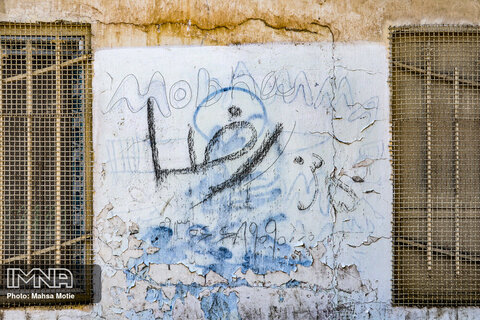
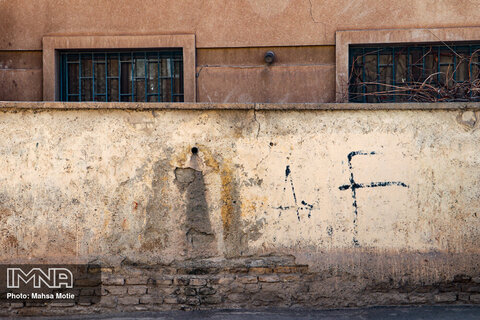



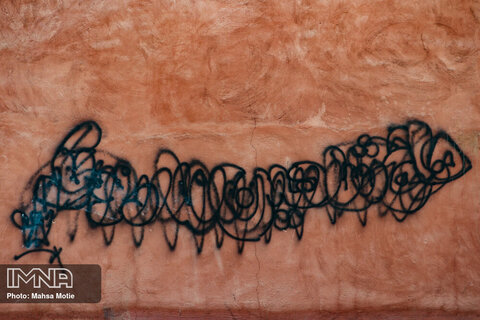
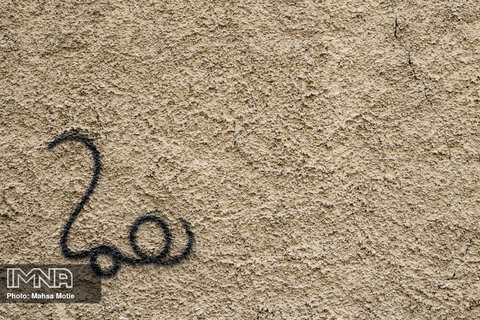




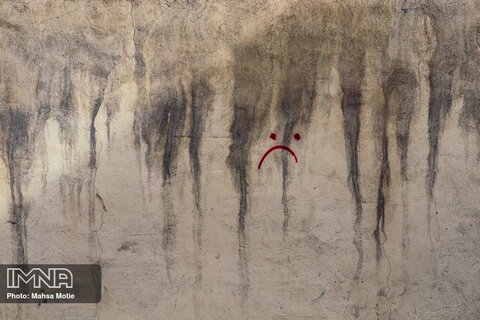

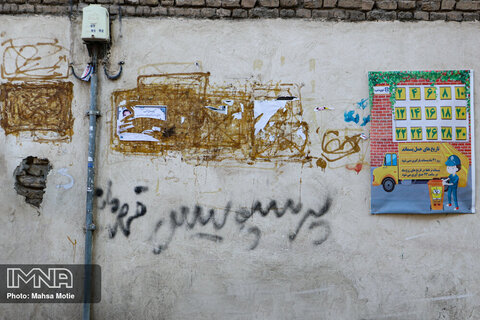

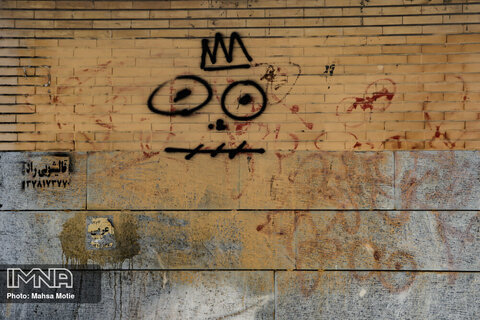


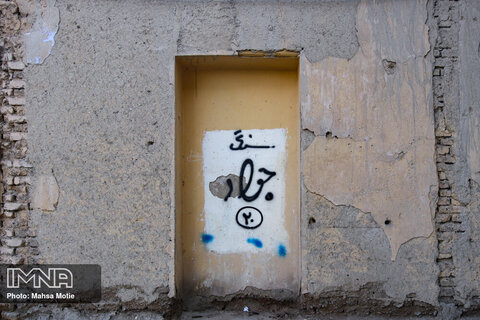

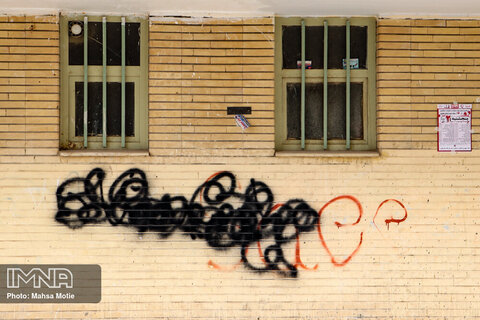

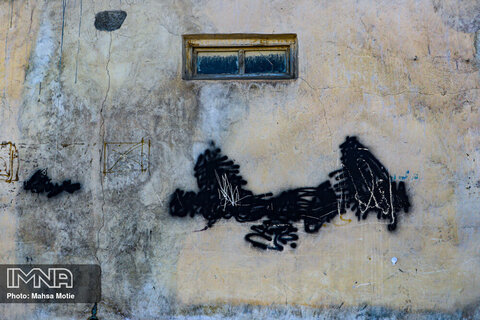
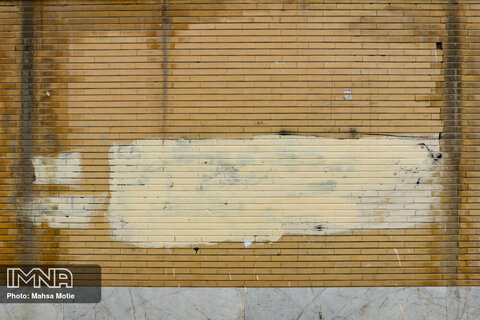
Your Comment